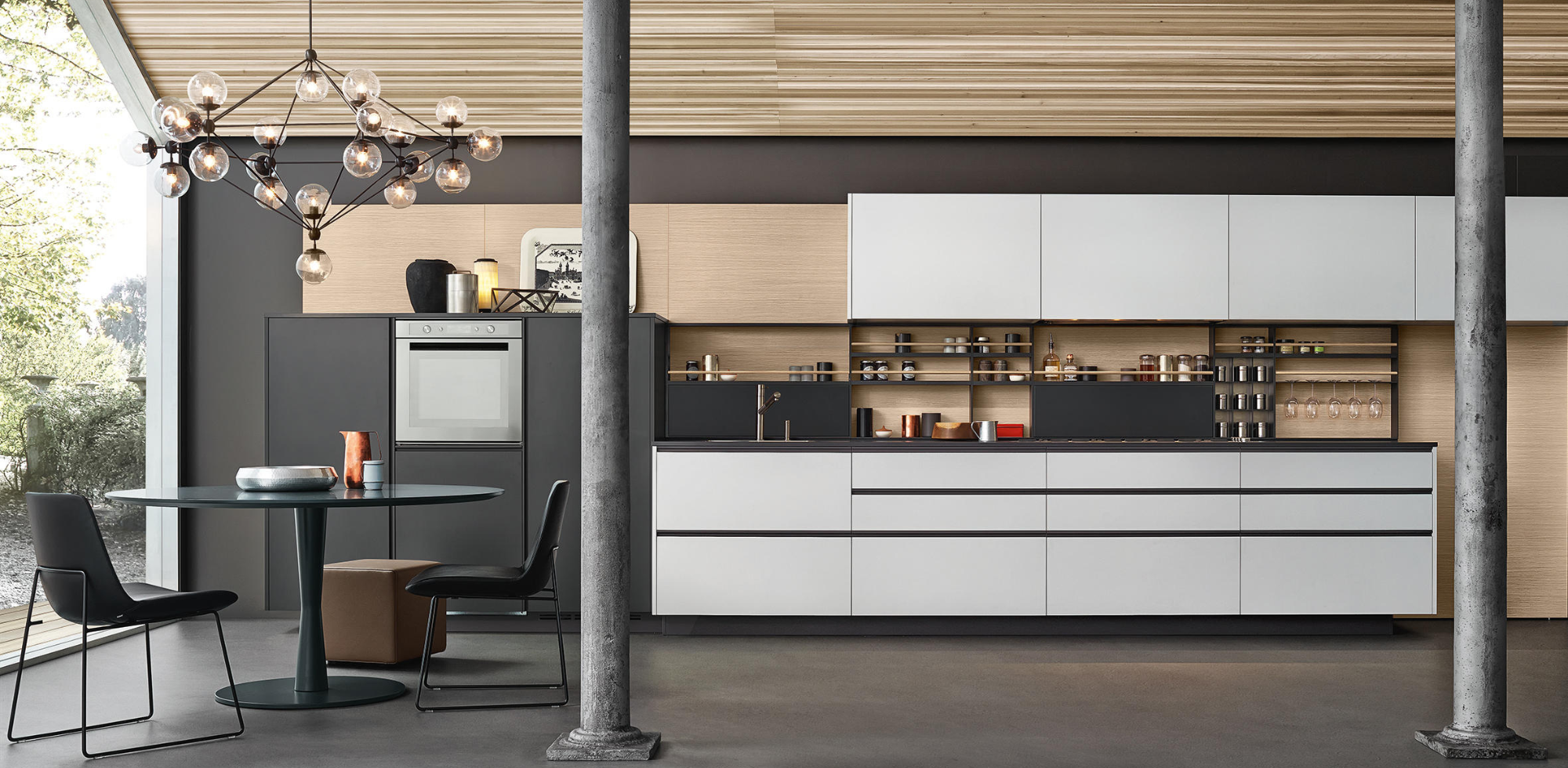Here is a look at the 7 Most Common Wood Joinery Types and their Features.
1. BUTT JOINT
A butt joint is the most basic type of wood joinery. Two different wood pieces simply sit side by side, with the butt of one workpiece adjacent to the butt of another workpiece. In construction projects, a basic butt joint may be found around baseboards and window trims.
Butt joints are an easy option when the speed of construction matters more than looks and durability. Basic butting joints are weak and need reinforcement. Usually, glue alone is not enough, you would require some nails or screws to reinforce these joints.


2. RABBET JOINT
A rabbet joint consists of an open-sided channel along the end of a piece of wood. Rabbet joints are not especially strong and are therefore best used in constructing the back of cabinet cases and other jobs where great strength isn’t a requirement. Because of its larger surface area, a double rabbet is the better choice if you need a more rigid joint.


3. HALF LAP JOINT
With a half-lap joint, the ends of the two adjoining wood pieces are reduced to half their thickness at the point where they overlap. Half-lap joints are commonly used in framing and also in furniture construction, due to their great advantage: the frame remains uniform in thickness. Thin pieces of wood can be weakened significantly when they lose half of their thickness, so half-lap joints are best suited to thicker pieces of wood.
A basic half-lap joint has very little weight compared with a normal butt joint and offers a somewhat cleaner appearance with most end grains buried in it. This joint is often used to connect drawer fronts on drawer sides or is used for simple box construction. In lap joints, pieces of wood are usually cut or notched in half and the two are joined by overlaps.


4. MITER JOINT
A miter joint refers to two 45-degree angled cuts where the pieces of wood adjoin to create a 90-degree angle. Also known as a mitered butt joint, this type of wood joint is commonly used at the outside corners of cabinets and other modular furniture.
The mitered butt joint is stronger than a butt joint because there is a greater surface area where the two wood pieces meet, but they still require both glue and mechanical fasteners to stay in place. While these joints are usually neater they are not usually stronger or more durable and so these joints are generally reserved for small jobs like photography frames or furniture that does not require a huge load bearing capacity.


5. TONGUE AND GROOVE JOINT
The tongue and groove joint is often used instead of a edge-by-edge butt joint, which can allow the wood piece to easily slide onto another. These joints consist of a tongue, or a ridge, on one piece of wood and a groove, or channel, on the other. The tongue slides into the groove to create a strong joint. Tongue and groove joints usually seen in flooring projects.
The tongues of the tongue can be formed by using an asymmetric piece and the other for shaping the groove.Tongue-groove router pieces come in several sizes so make sure you order the correct sizes to suit your projects.


6. MORTISE AND TENON JOINT
The Mortise and Tenon joint is one of the strongest types of wood joint and used extensively in woodworking and can be utilized in many different types. Mortises are holes, and tenons are tongues that fit inside the holes. The difficulty in making a mortise or tenon joint is to ensure that both the tongue and mortise are aligned together. With the increased gluing surface area where the two wood pieces are joined, it is a significantly stronger and more elegant alternative to a butt joint.
When preparing this joint, it is logical to cut first the mortise. You'll get better at adjusting a tenon. It is generally possible to do it using simple tools like saws. The Mortise and Tennon are easily joined by some glue to hold them strongly in place.


7. DADO JOINT
The dado joint resembles a groove—a trench cut into one piece of wood parallel to the grain that another piece of wood slides into. But unlike a groove, a dado runs perpendicular to the grain. Dado joints are most commonly used in shelving systems like cabinets and bookshelves.
Building dados consist mainly of slots cut through the grain to support another wood piece. Dados are used in solid wood and plywood construction either with routers or using dado blades in table saws. The Dado Joint is both aesthetically pleasing and easy to construct on shelves or cabinets.

8. DOVETAIL JOINT
The dovetail joint is a wood joinery technique that involves the use of two wooden pieces that are attached together at their end grain. Found commonly in drawers, this vegetable joint is an essential piece in woodworking joints. It is also known as "rafter" or "butterfly" joint because it resembles a butterfly shape. It is made by cutting two notches in the ends of two boards, then joining them with a piece of wood called a dovetailing pin. The pins are generally about 1 inch long and 1/4 inch wide. The space between them is filled with glue, which holds them together tightly.
Dovetail joints are very attractive yet remain a strong and tough joint. Dovetail cuts can be handcut using an assortment of available router templates, or cut with several different routers. In both cases a carefully constructed layout is essential. The dovetail joint is used extensively in woodworking projects and is often used as an alternative to mortise and tenon joints. Dovetail joints are commonly used when making boxes, such as cabinets or toolboxes.

9. BISCUIT JOINT
Biscuit joints are one of the most commonly used woodworking joints. Biscuit joints allow you to attach two pieces of lumber without using a nail or screw hole. Making one involves putting compressed wood, biscuit, or plate into slots in a piece of wood. The slots are stuffed with glue so the biscuit will have space to expand when it is inside. It is easy for anyone to create slots for wood by assembling biscuits. It is commonly used in furniture because it creates a perfectly shaped joint and provides a strong bond between the two pieces of wood.

10. DOWEL JOINT
The dowel joint is the simplest type of joinery. Dowel joints consist of two pieces of wood, each with a hole drilled through them, which are then joined together using a dowel and reinforced with glue. This type of joinery does not require any screws or nails to hold it together; instead, it relies on friction between the wood itself and the friction caused by glue applied between the two pieces being joined together. The dowel can be made from any type of wood making it a very versatile and the most commonly used joint.
This joinery style is used when a piece of furniture requires tight tolerances and when you want to make it more stable. If you have a chair that moves around easily, this would be the style for you.

WHAT IS THE STRONGEST WOOD JOINT?
For exceptional stability, the Mortise and Tenon joint is the best option. The joint is quite simple, but they are strong enough to last. This joint dates back to the early days of woodworking because of its strength, versatility, and simplicity of construction.

CONCLUSION
When it comes to wood joinery techniques, there is a wide range of choices available. Choosing a particular type of wood joint would depend on the furniture and load that the location of the joint would have to bear. For example, the backrest on a dining chair would require a higher load-bearing capacity as compared to the arms of the dining chair. Hence, choosing a more durable joint like a mortise and tenon joint as opposed to a butt joint would be necessary.






